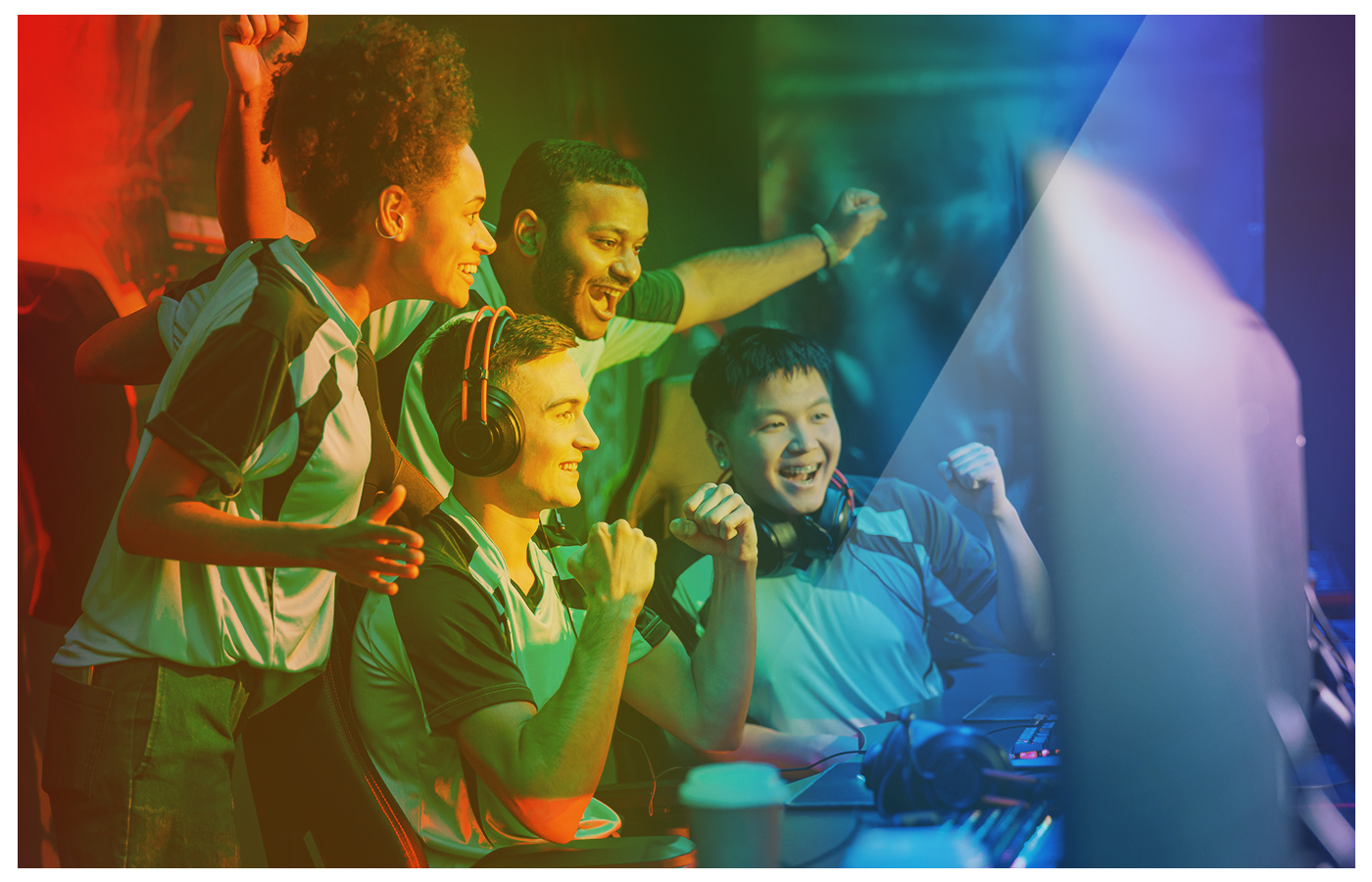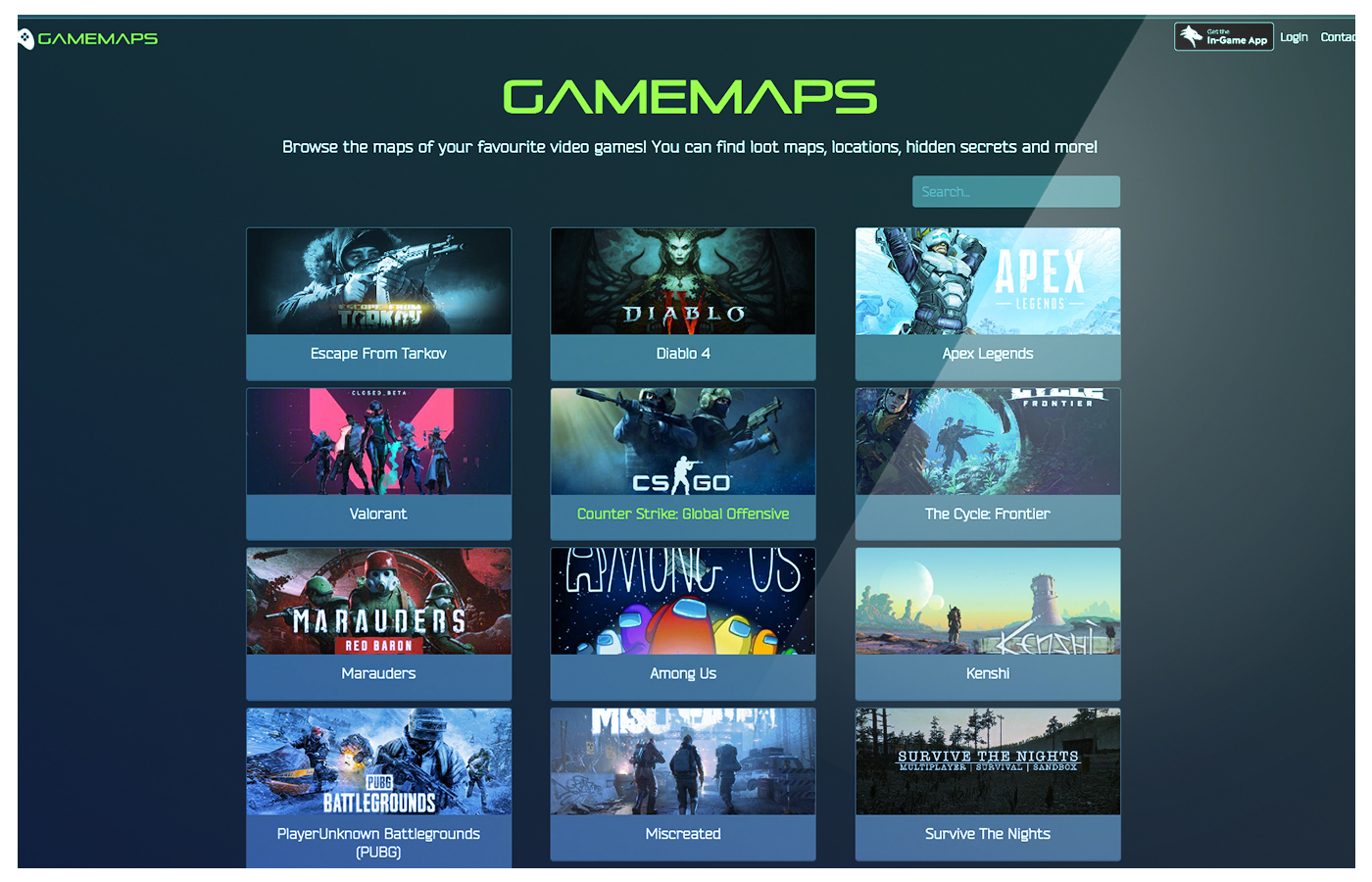Where’s the inclusion in gaming?
Videogames have brought new perspectives and storylines to players for decades. Why aren’t those perspectives more inclusive of LGBTQIA+ identities?

Games have given all of us a unique perspective on so many different identities. What other medium allows us to chomp ghosts as a yellow orb or capture pocket-sized monsters as an ambitious preteen? Gaming has given us access to the mentality and mindset of literally countless characters, human or otherwise.
However, a few identities have largely gone underrepresented for the last… well, since we were batting a few pixels back and forth on the TV screen in 1970. With the inclusion of dating and marriage in videogames that aren’t billed as romance sims, sexuality, and gender identity have really permeated the storytelling of some of the best games of the last two decades. So why are explicitly LGBTQIA+ characters often left out of the conversation, or only written in as an after-thought?
A foray into amore
In games that allow the protagonist to romantically pursue supporting characters or NPCs, the partner options given to the character are starting to encompass LGBTQIA+ relationships. It’s left to the player to decide which way the protagonist swings, or if they even want to make dating a part of their gameplay experience at all. But to keep things relatively open to all, explicit NPC sexual orientation usually isn’t spelled out. It’s rare to get a character or NPC that will state directly what they identify as, instead of getting veiled hints or spacey dialogue based on the protagonist’s given gender.
A blank canvas that a player can project their own preferences onto may seem equitable and fair, given that it’s impossible to distill the entire spectrum of human emotion into a pixelated farmer or a mythical Dovahkiin. But in games that feature preset protagonists, it’s expected that if the character is given a romantic storyline or interest, it will be decidedly heterosexual in nature.
We’re only beginning to scratch the surface of games that feature characters that most decidedly identify as LGBTQIA+. With releases like the Burning Shores DLC for Horizon: Forbidden West clearly setting the record straight for their sapphic lead, Aloy, we can only hope that more LGBTQIA+ identities will get front-billing in AAA releases.
Bidding goodbye to the binary
We’ve covered romance, but what about gender identity in gaming? Character customization can be frustrating for gamers that want to create non-binary characters. More video games are introducing the option into character creation, such as Harvestella and Verdant Skies. Baldur’s Gate 3 also gives the gamer the opportunity to play as non-binary if they choose. But the option to leave the gender binary behind is still severely lacking.
Trans gamers have a tremendously hard time finding ways to proudly illustrate their identity in games. Though there are a few notable trans NPCs starting to pop up in indie and AAA games, trans protagonists are few and far between. However, the classic life-imitating Sims franchise has leapt ahead of the competition with additions to character creation like surgery scars and the ability to select a Sim’s reproductive ability separately from their pronouns or body type. It brings realism to the quirky life simulator, by allowing players to populate their neighborhoods with Sims of all different identities and orientations.
Though we’ve got a long way to go in terms of true representation, we’re committed to keeping the conversation going. Keep an eye on our blog for more identity interest reflections on gaming, just like this one about women on the screen and in the industry.

